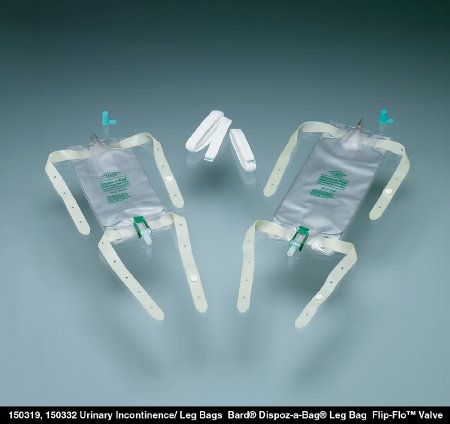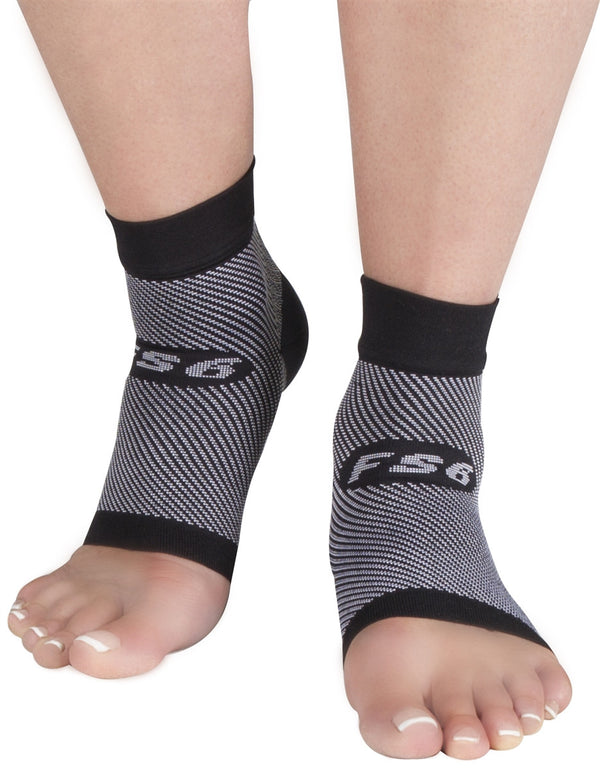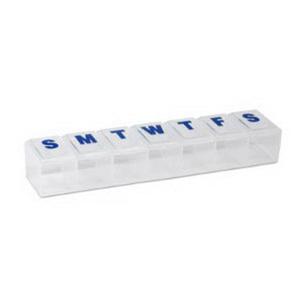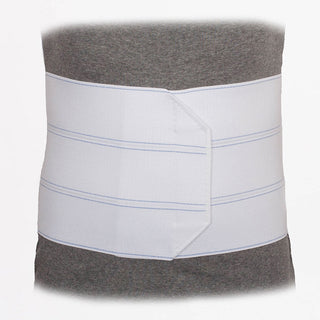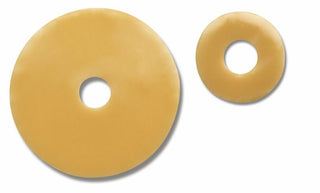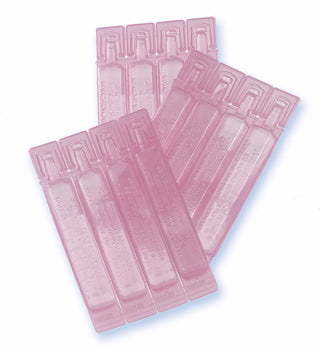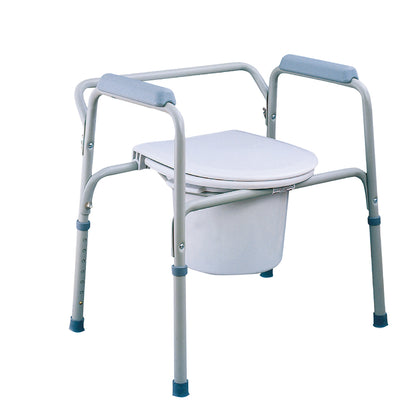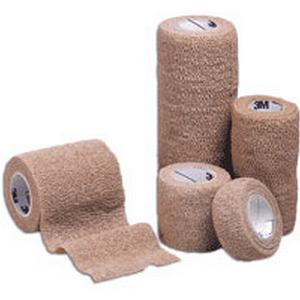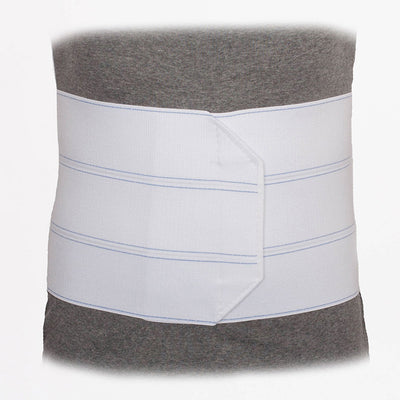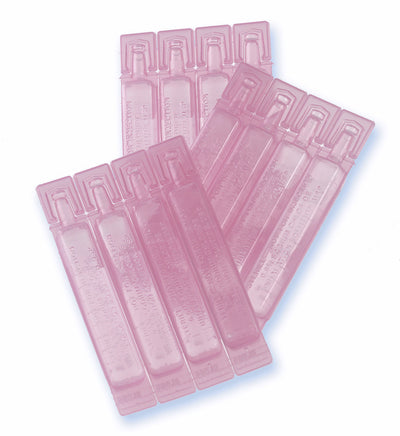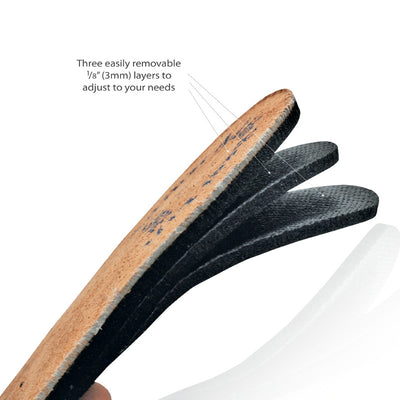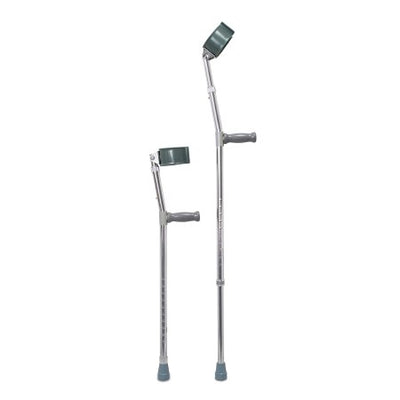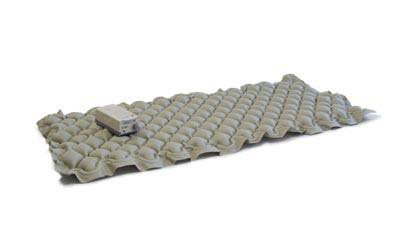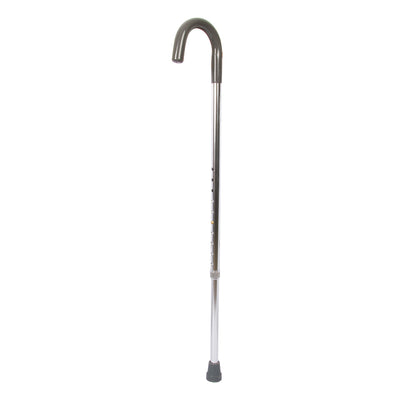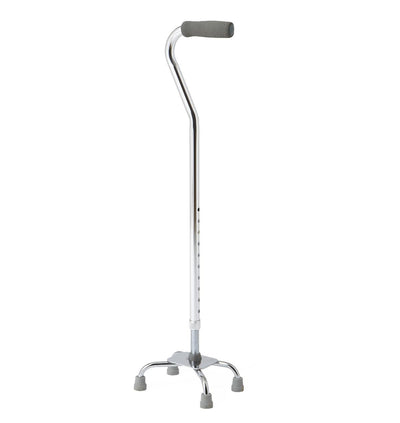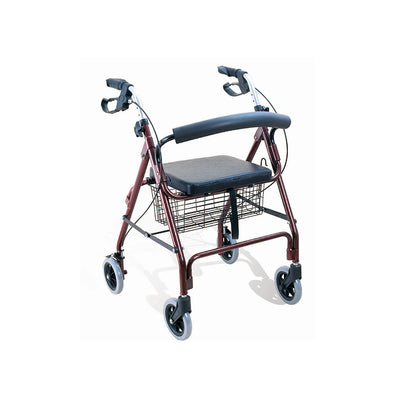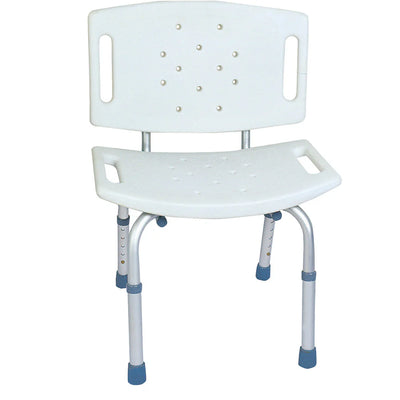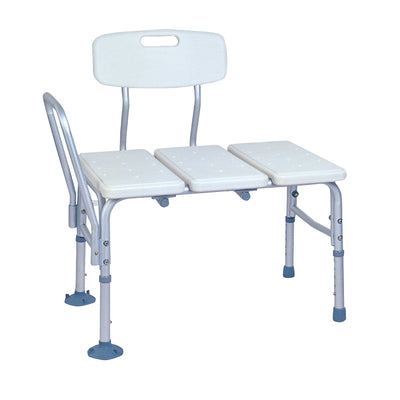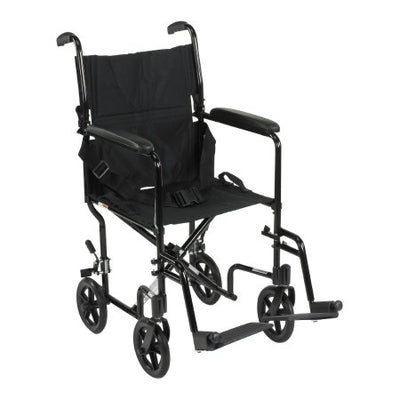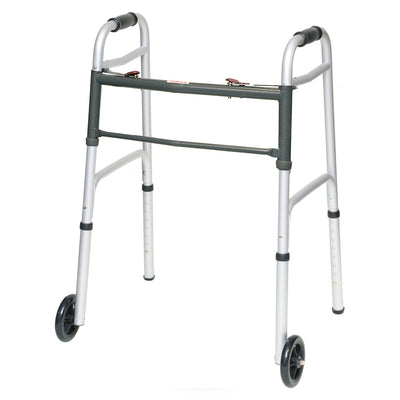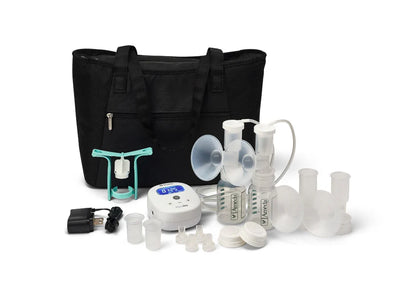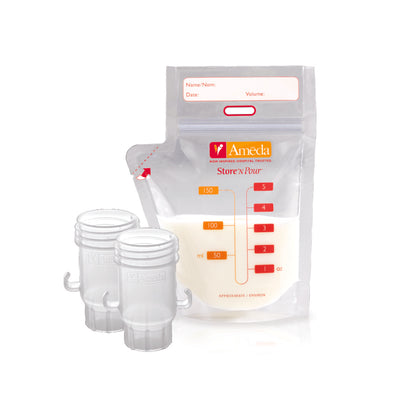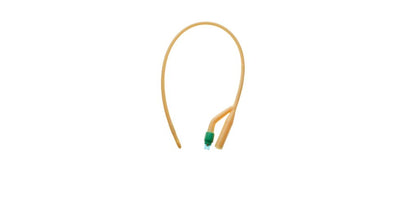Blog

3 Proven Ways to Avoid UTIs After Prostate Cancer Surgery (2018)
Prostate Cancer surgery and the recovery time following the operation, can be tough on your body. Often times, a urinary catheter may be needed to void the bladder completely through the healing process. Catheter associated urinary tract infections, or CAUTIs, are often a result of having an indwelling catheter, although...

4 Benefits of Getting Older
Usually when the thought of getting older comes up it has a negative stigma around it, but growing older isn’t all that bad. The month of September is Healthy Aging Month and it is the month to bring awareness to the benefits of aging. According to Carolyn Worthington, editor-in-chief of...

Houston Resources to Discover Your Abilities
Adaptive Music, Art, Sports, Wellness Opportunities, and Help Groups United Spinal Houston put on their 3rd of their 4 part series this week, Discover Your Abilities, and it was one for the books. There was a huge turnout and everyone was enjoying every second of it! Other than the...

The Amazing Benefits of Breastfeeding
As an expectant mother, you've probably heard a lot about breastfeeding. You have people telling you to try it and others telling you not to. Well, the first week of August is World Breastfeeding Week (created by the World Alliance for Breastfeeding Action), and the month of August is National...

August Is National Breast Feeding Month -- Here Are Some Awesome Facts About Breast Feeding
Thanks to the United States Breastfeeding Committee (USBC), August has been declared National Breast Feeding Month. This happened for the first time back in 2011, and the U.S. Department of Health and Human Services has been advocating for breast feeding awareness for decades. They are driving an annual campaign to...

8 Reasons to Choose a Lactation Consultant
Will I breastfeed my child? This is a question that has been thought in every mom’s head. Often, the answer is “I will try and see how it goes,” but breastfeeding isn’t always a walk in the park. Each mom’s experience with breastfeeding is different and sometimes a mom’s experience...

5 Warning Signs Your Child Might Be Living With Juvenile Arthritis
Many people think that arthritis is a medical condition that only older adults deal with. It is, unfortunately, found in children as well. Here are just some of the common signs that your child might be living with juvenile arthritis. Joint stiffness in the morning A child with juvenile...

Juvenile Arthritis And National Youth Sports Week: How To Get Your Child Engaged
Even though your child has limited mobility, it doesn't mean that they cannot get involved with athletic activity this summer. July is an important month for two reasons: not only is it Juvenile Arthritis Awareness Month, the National Youth Sports Week begins on July 16 and runs until July 22....
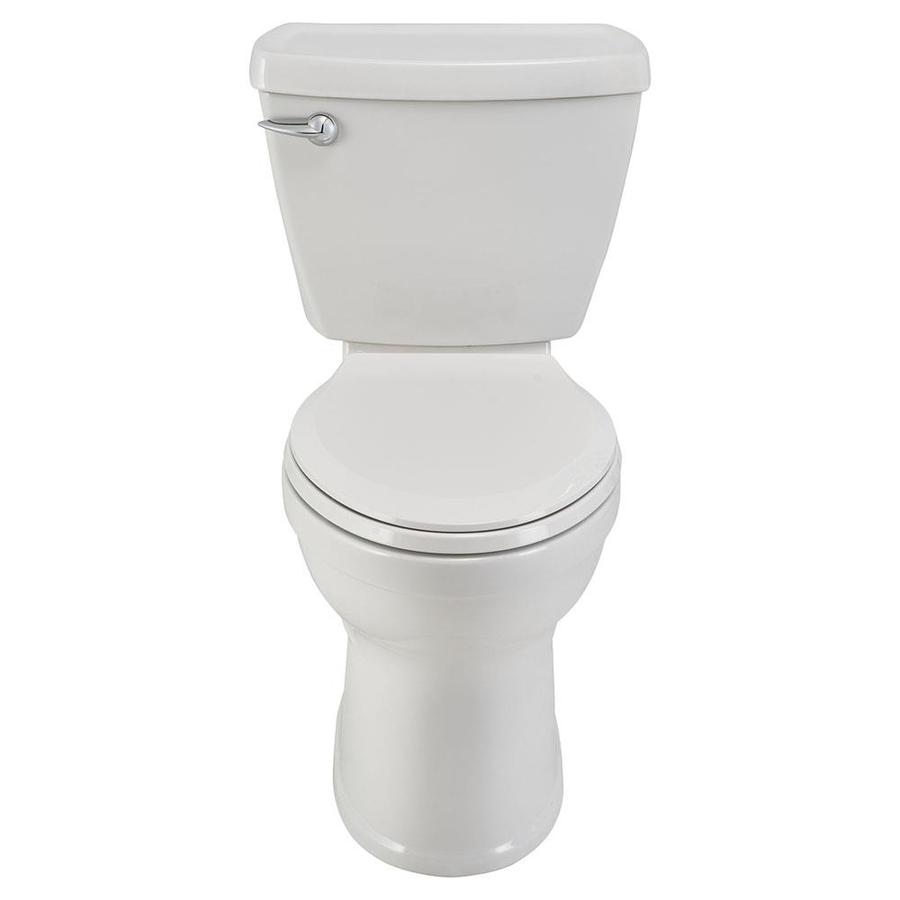
Spotting a UTI in Your Child and How to Treat It
1) What is a UTI? A UTI is short for Urinary Track Infection and it occurs when bacteria causes an infection of any part of the urinary track. The urinary track consists of your bladder, kidneys, ureters, and your urethra. According to Brett White’s article, Diagnosis and Treatment of Urinary...

More Than Home Safety
This month we focused on home safety, and this largely goes hand in hand with aging in place. Both the safety of your home and aging in place require a good quality of life. The improvements in technology, healthcare, and the access to information has made achieving a good quality...
Preparing to Age in Place
Ask yourself a simple question. How do I want to spend my golden years? Your answer probably didn’t consist of a nursing home or another care facility. Technology and healthcare have opened the door to age in your own home. Unfortunately, it is inevitable that we get older and with...
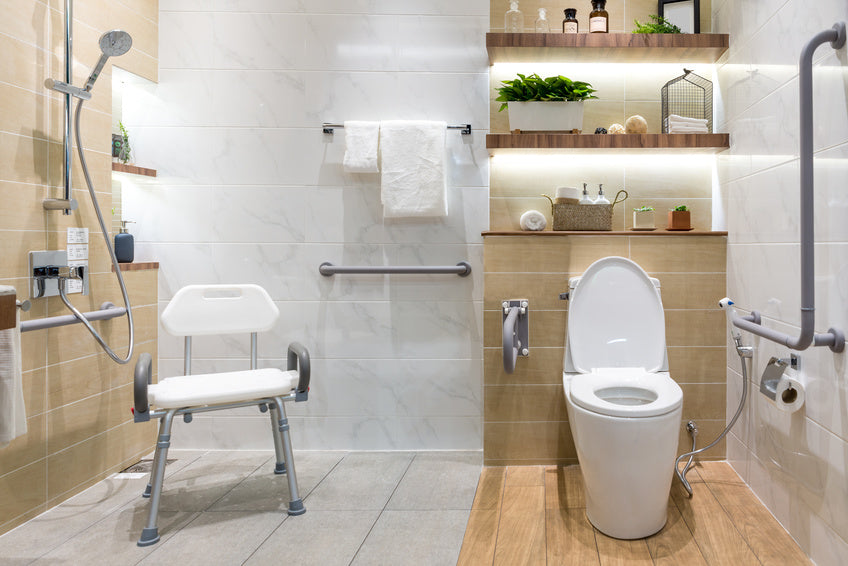
5 Products That Can Help Make the Bathroom Safer For the Senior In Your Life
As we get older, basic, daily tasks get harder and hard to complete without assistance. That's okay though because there are plenty of home safety aids out there to help. Here are some bathroom safety products that will help the senior in your life get around the bathroom with more...








